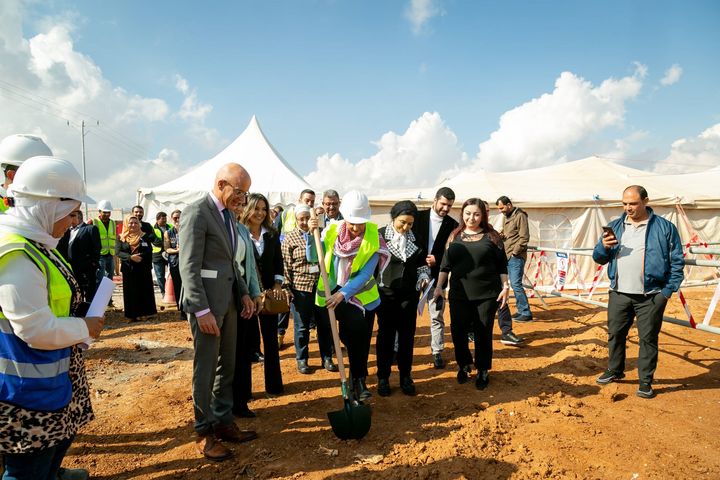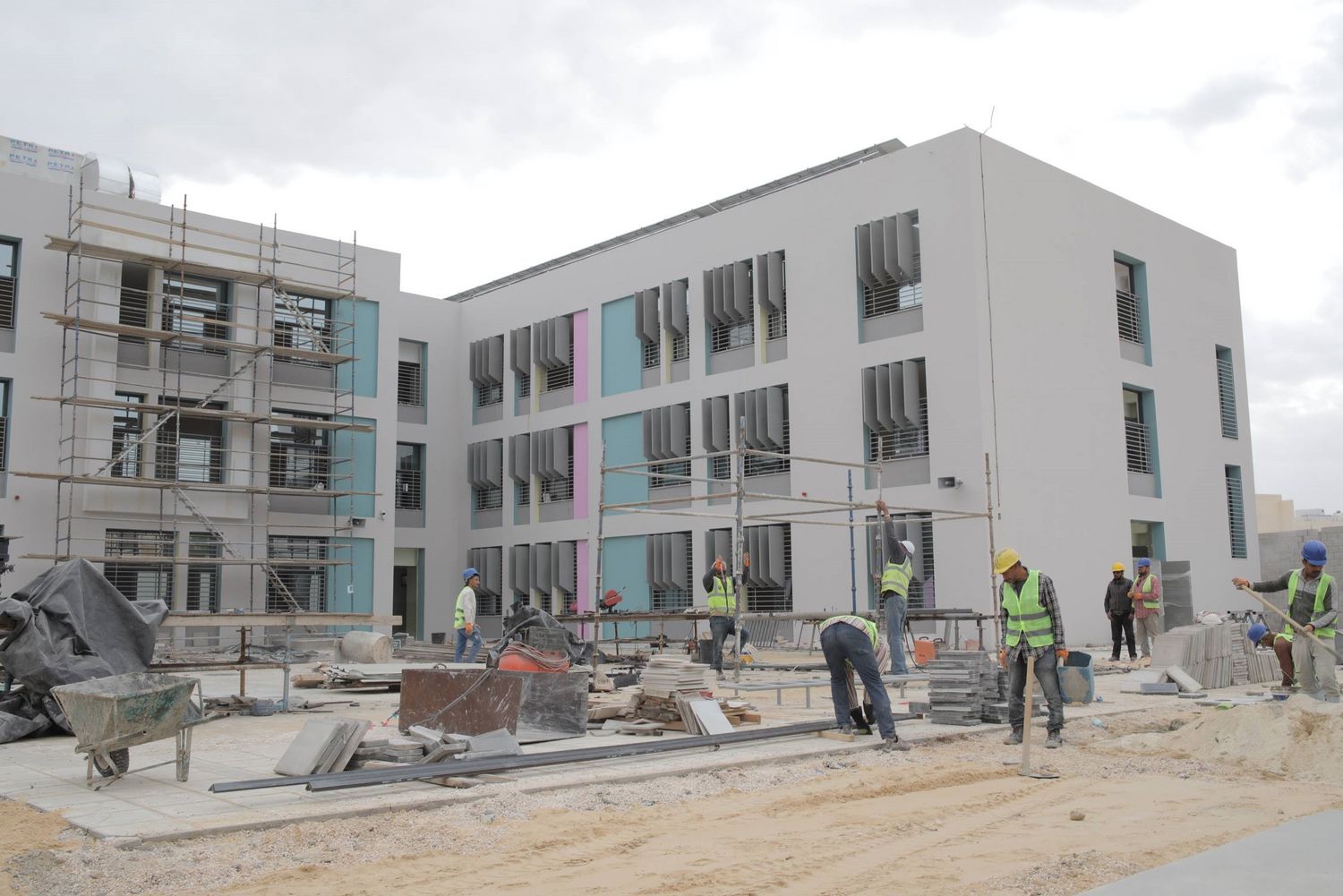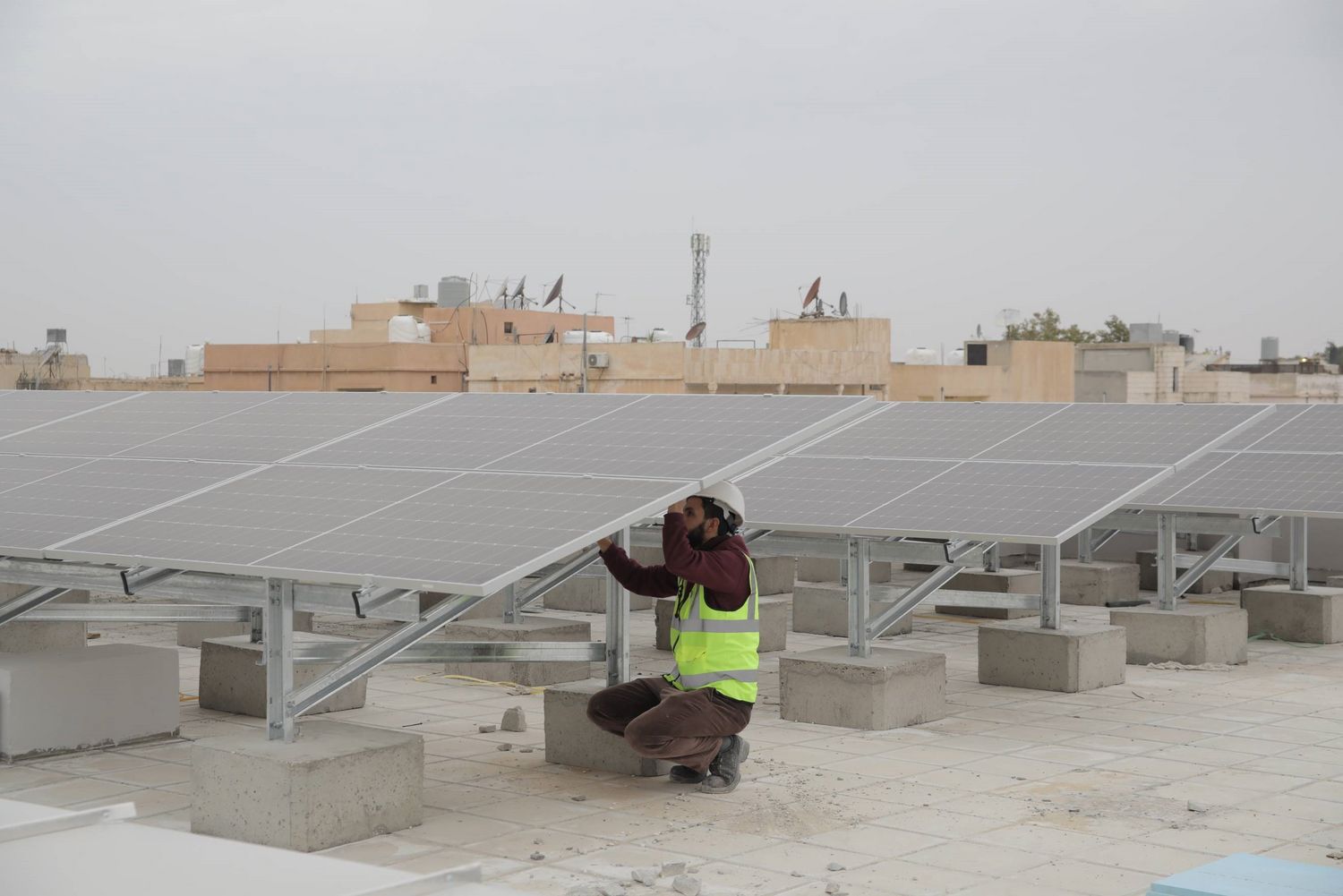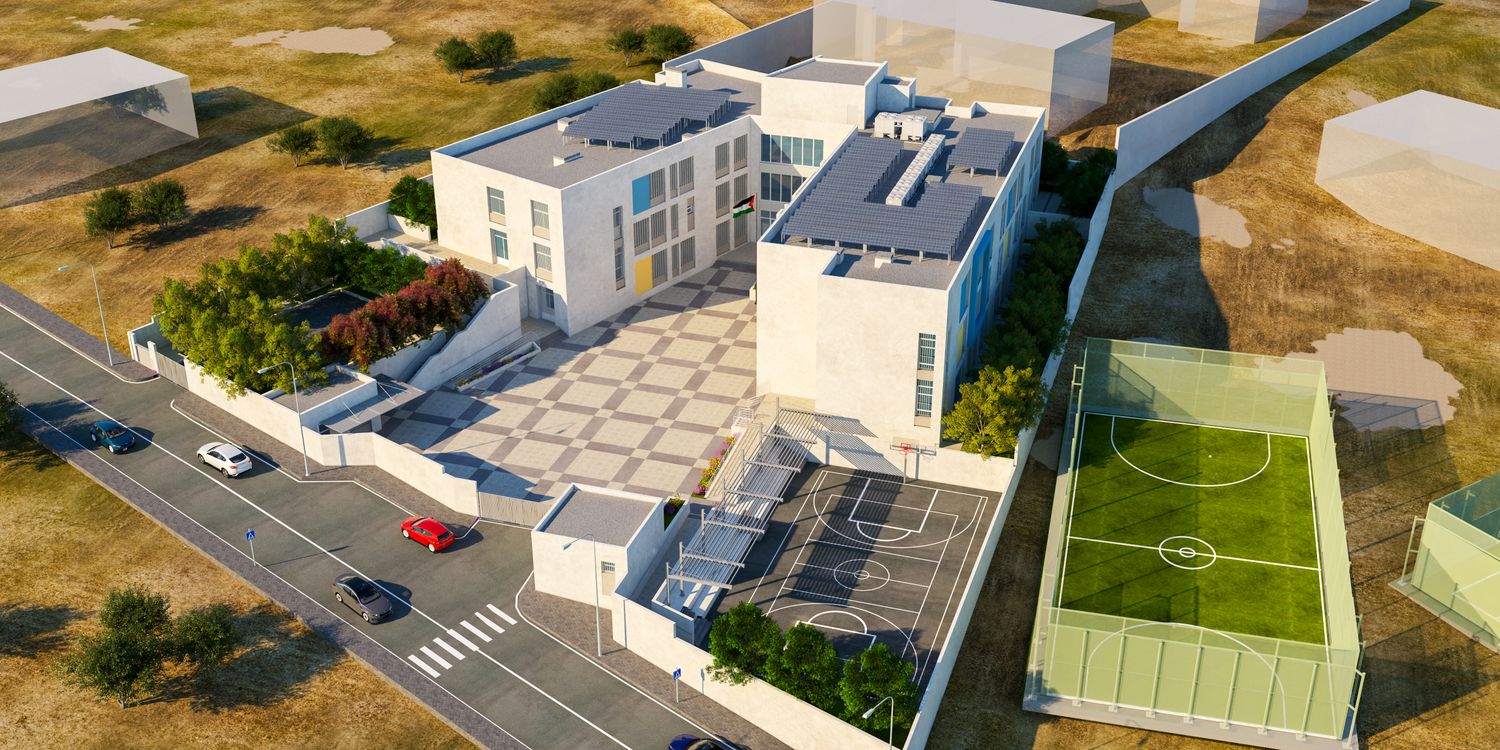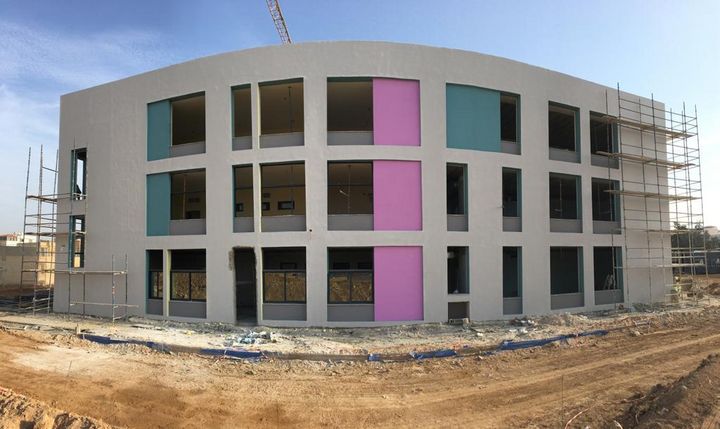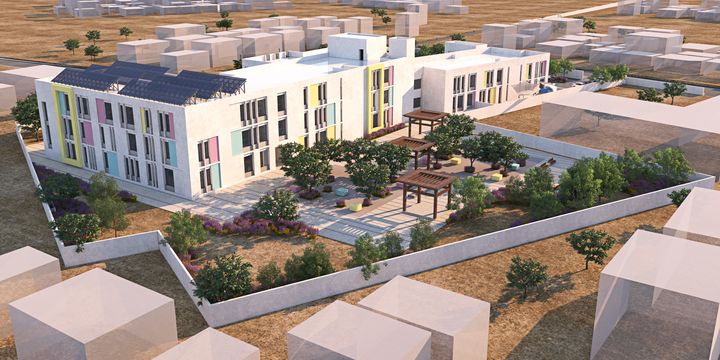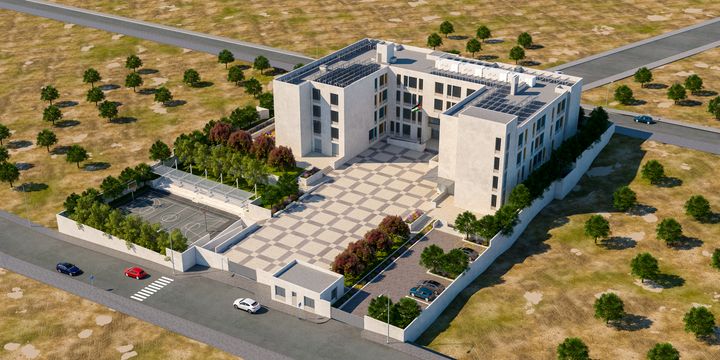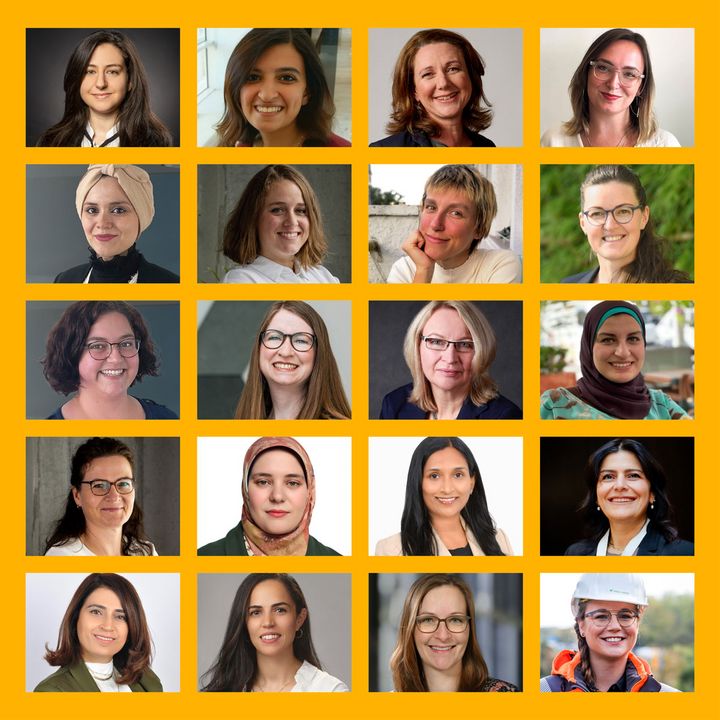At the beginning of the project, and in collaboration with the Ministry of Public Works, the team was tasked with defining technical, social and financial criteria for the selection of suitable school locations. “We were given a list of about 60 schools, and had to analyse the locations, the educational needs and really assess the situation in each catchment area”, Salam explains. “The goal was to look at the catchment area as a whole, for example, how many schools already exist there, whether it is a real school or a makeshift school, how many students are taught in how many square meters, is it okay in terms of accessibility or does it have suitable road networks?”
For example, one of the EU's specific requirements was that the team selects sites where it could ensure that at least ten percent of the students were Syrian, as the intention is to integrate the Syrians into the education system. “Another EU requirement was that at least 50 percent of the students are female. This was easily achieved, as only four of our chosen 18 schools are all-boys”, says Salam.
